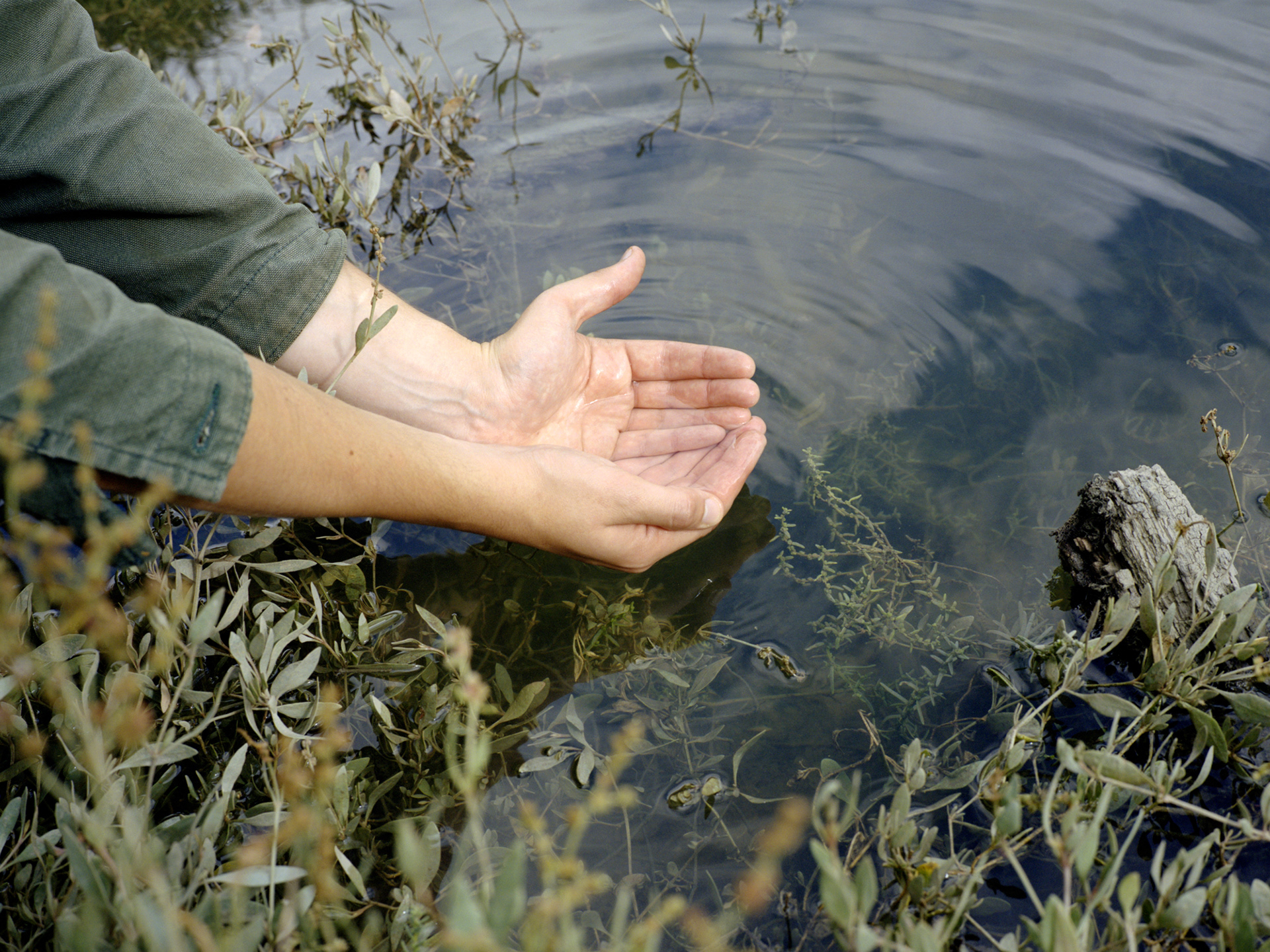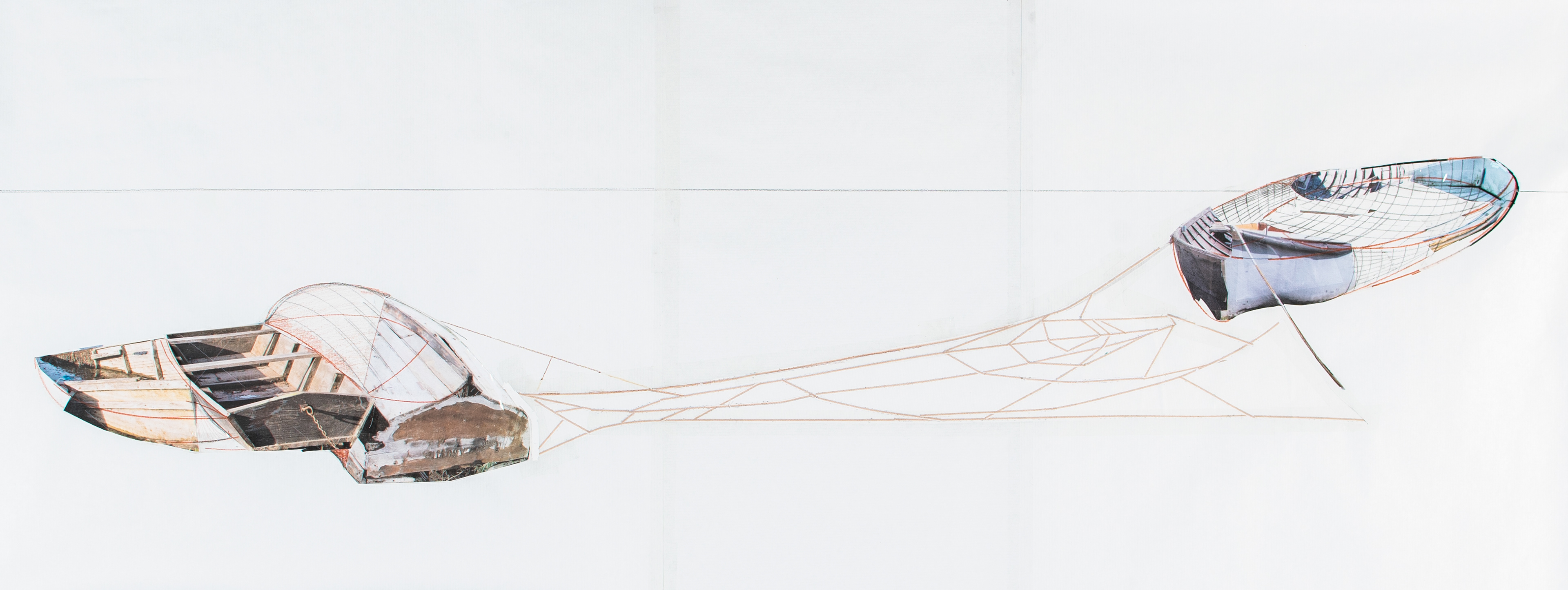
In-situ installation for the chapel of the Holy-Spirit ( Secular monument of 437,5 sq yd. in Auray), produced with the assistance of the Athéna cultural center, 2021
Cette installation est composée insitu pour la Chapelle du Saint-Esprit ( Monument laïque à Auray, Morbihan).
J’ai imaginé ces sculptures pour contenir un fragment du territoire qui entoure l’espace d’exposition : l’eau de la rivière qui le cercle.
Interpellé par l'aspect d'objets laissés à l’abandon sur un chantier de Berlin, je les ai collectés lors d’une résidence en Allemagne et les intégrais à mes sculptures dans l’enceinte de la chapelle :
Au cours de la Seconde Guerre mondiale, les vitraux d’une chapelle d’un quartier sud-berlinois ont été brisés dans les bombardements.
Dans l’urgence de reconstruire ces vitraux, un industriel a fabriqué des unités de verre selon un dessin d’une bouteille de sa gamme de boissons, adaptant rapidement cette forme en une brique de verre industrielle destinée à être utilisée comme vitrail.
Ce matériau a presque 80 ans. Pour moi, il symbolise un effort pacifique réalisé dans la précarité. C’est une forme inhabituelle et sa qualité sculpturale est chargée par l’urgence comme par l’entraide et l’imprévu.
Par cette forme, je voulais rendre hommage à cet événement discret qui lie un site à son histoire, les épisodes qui le transforment.Par ce projet, j’ai tenté de restituer une partie du territoire dans l’espace d’exposition, en parcourant la rivière, y puisant l’eau aux endroits précis où le cours de la rivière change de nom, se divise, se sépare...
La cartographie de la rivière agit comme la partition de cette installation produite en matériaux issus du monde de l’architecture, et de la construction.
Ce qui m’intéresse, c’est d’ajouter aux sculptures un récit qui passe par la collecte d’eaux. Cet itinéraire, itinérance du rêve, de la marche, est la prise du temps pour faire intimité, et donner de l’importance à ces gestes simples du regardeur. La restitution dans la chapelle est un travail sur le mouvement : s'entourer de la matière de la rivière.
©Maxime Bagni
Wherever River - Wherever The River Changes Its Name,
This installation is composed in situ for the Chapel of the Holy Spirit (Secular monument in Auray, Morbihan).
I imagined these sculptures to contain a fragment of the territory that surrounds the exhibition space: the water of the river that circles it.
Challenged by the appearance of objects left abandoned on a construction site in Berlin, I collected them during a residency in Germany and integrated them into my sculptures within the enclosure of the chapel :
During the Second World War, the stained glass windows of a chapel in a southern Berlin district were shattered in the bombardments.
In the emergency to rebuild these stained glass windows, an industrialist fabricated glass units to a design of a bottle from his range of beverages, quickly adapting this shape into an industrial glass block for use as stained glass.
This material is almost 80 years old. For me, it symbolizes a peaceful effort made in precariousness. It is an unusual shape and its sculptural quality is charged with urgency as well as mutual aid and the unexpected.
Through this form, I wanted to pay homage to this discreet event that links a site to its history, the episodes that transform it. Through this project, I tried to restore part of the territory in the exhibition space, by browsing the river, drawing water from it at the precise places where the course of the river changes its name, divides, separates...
The cartography of the river acts as the partition of this installation produced in materials from the world of architecture and construction.
What interests me is to add to the sculptures a story that goes through the collection of water. This itinerary, roaming of dreams, of walking, is the taking of time to create intimacy, and to give importance to these simple gestures of the viewer. The restitution in the chapel is a work on movement: surrounding oneself with the material of the river.
©Maxime Bagni

©Maxime Bagni 📷 Arthur Crestani
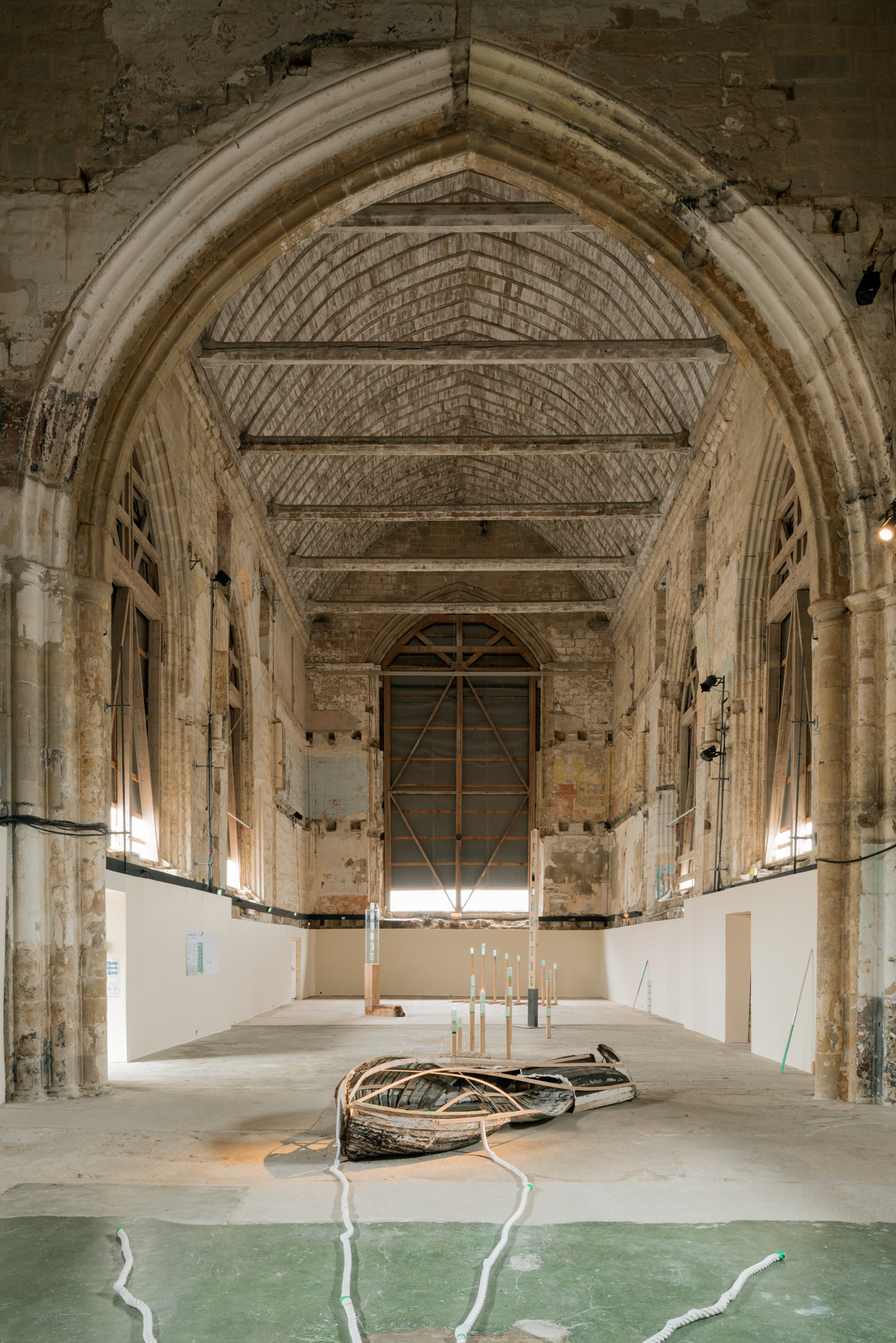
©Maxime Bagni 📷 Arthur Crestani
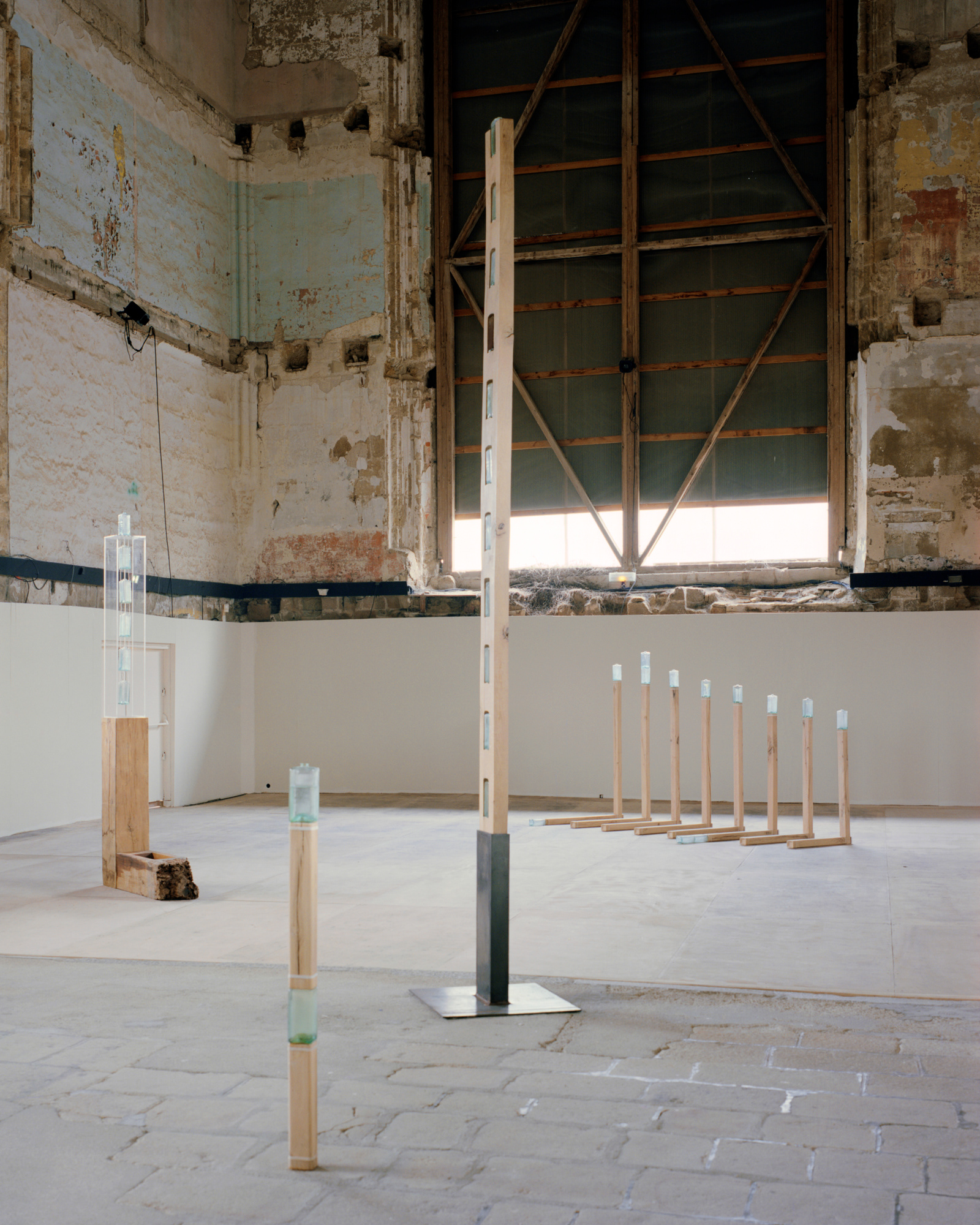
©Maxime Bagni 📷 Arthur Crestani
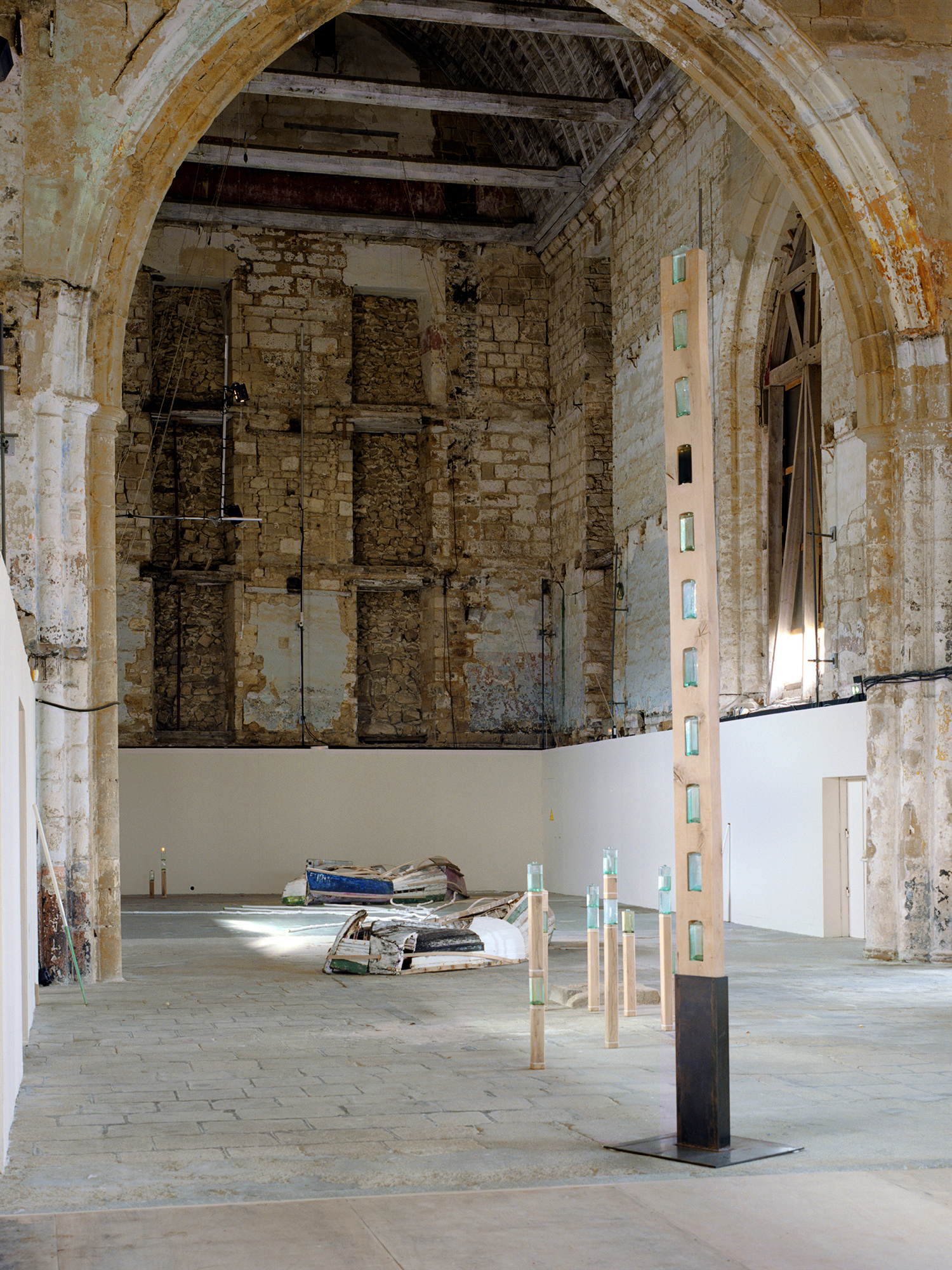
©Maxime Bagni 📷 Arthur Crestani
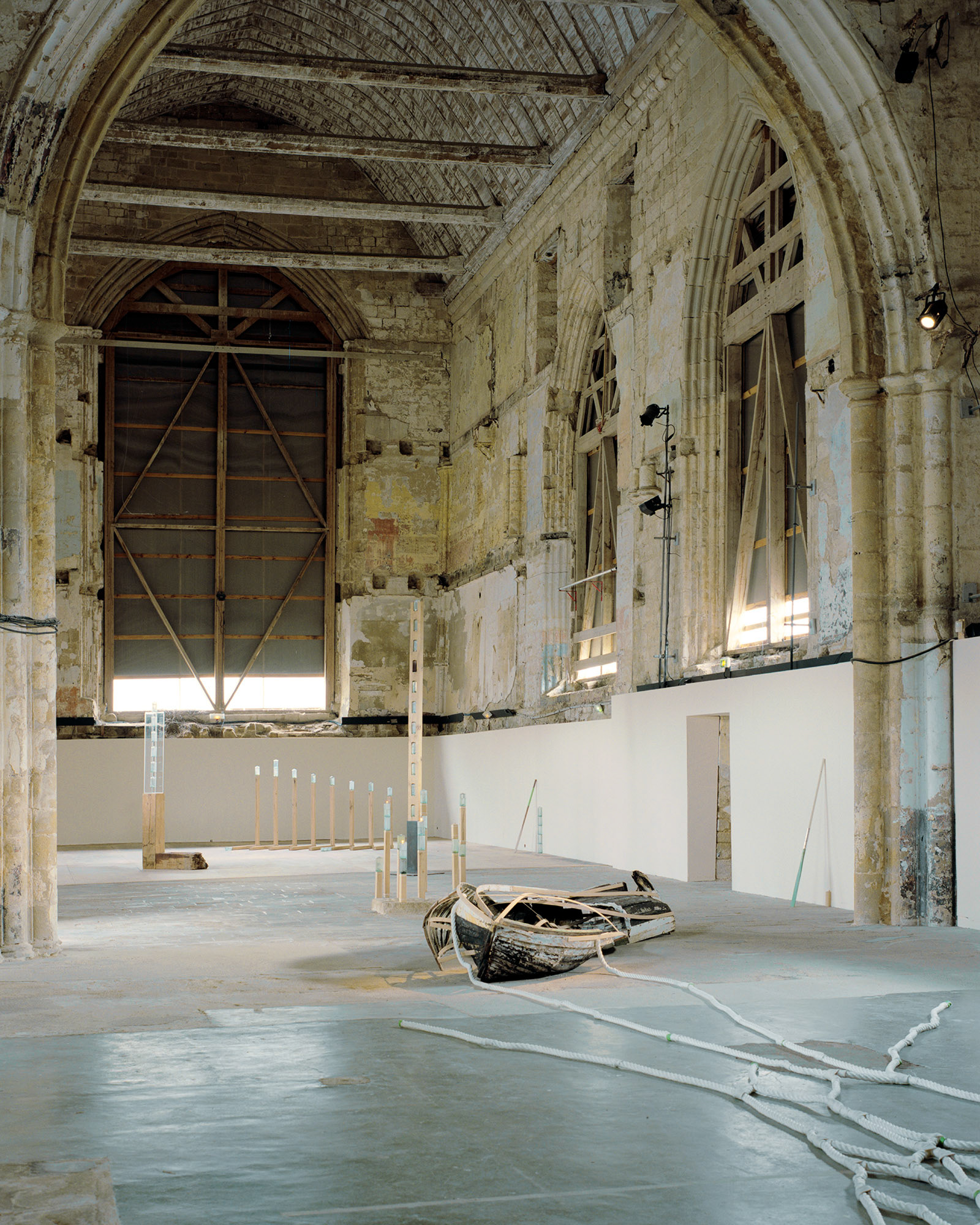
©Maxime Bagni 📷 Arthur Crestani

©Maxime Bagni 📷 Arthur Crestani
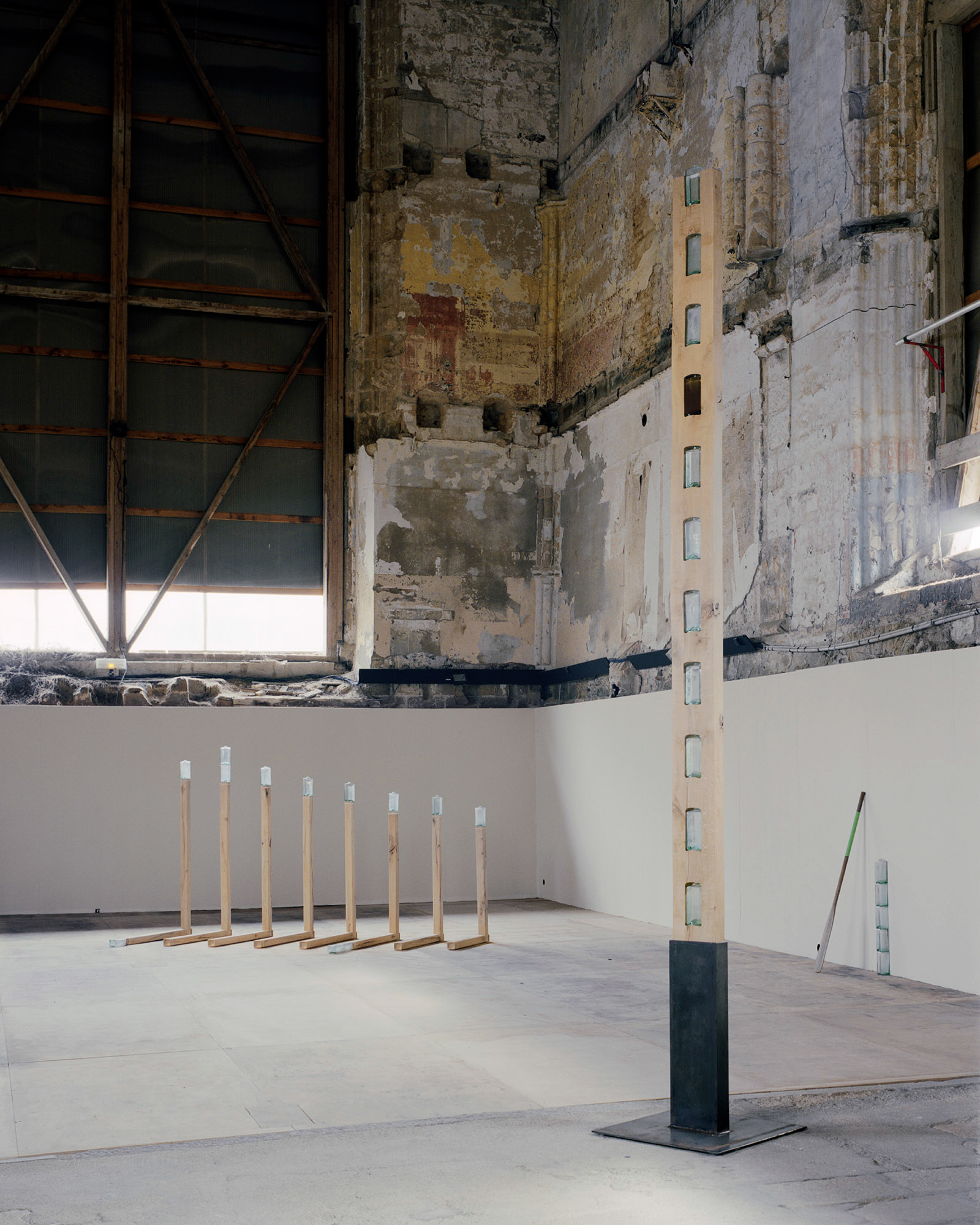
©Maxime Bagni 📷 Arthur Crestani
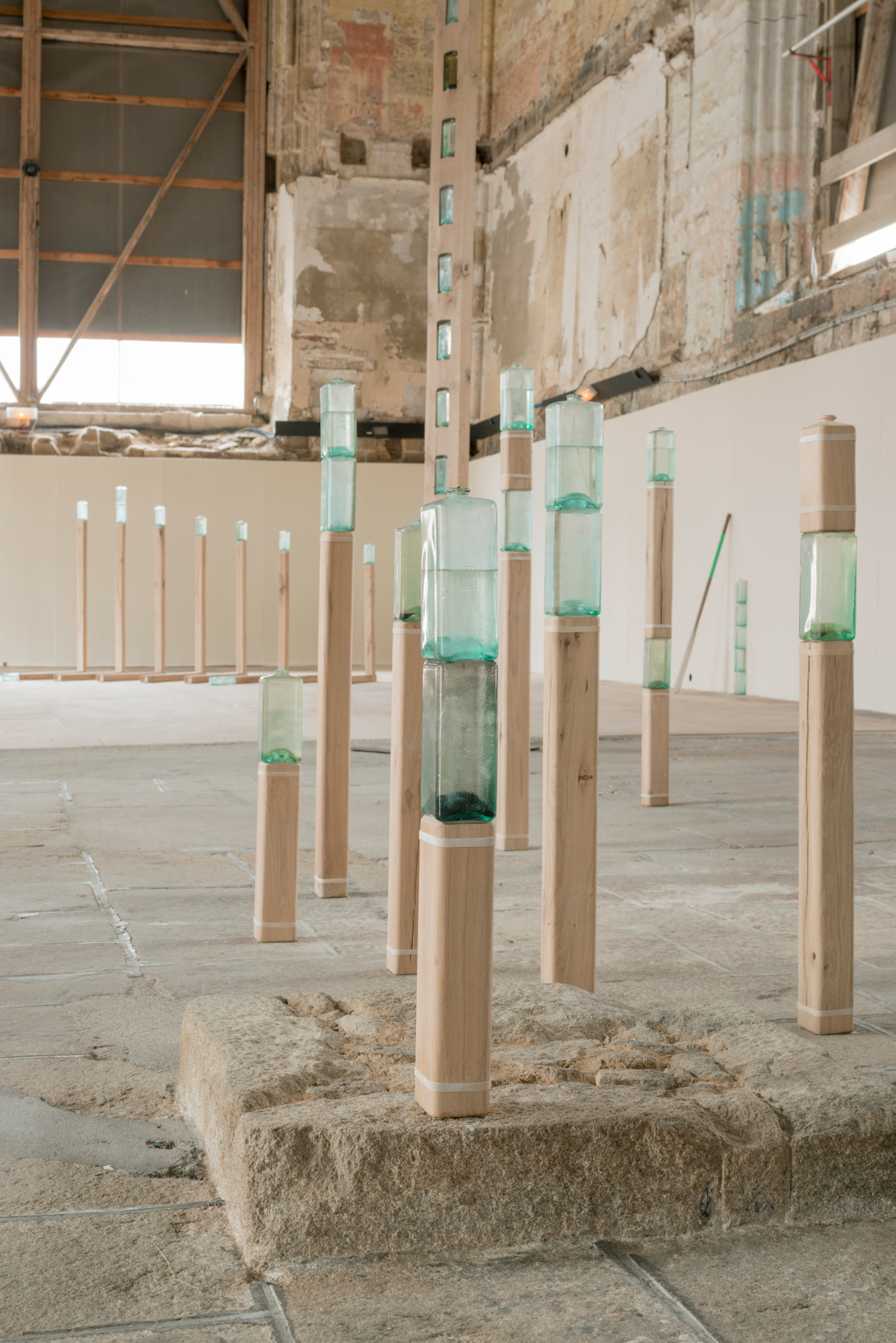
©Maxime Bagni 📷 Arthur Crestani
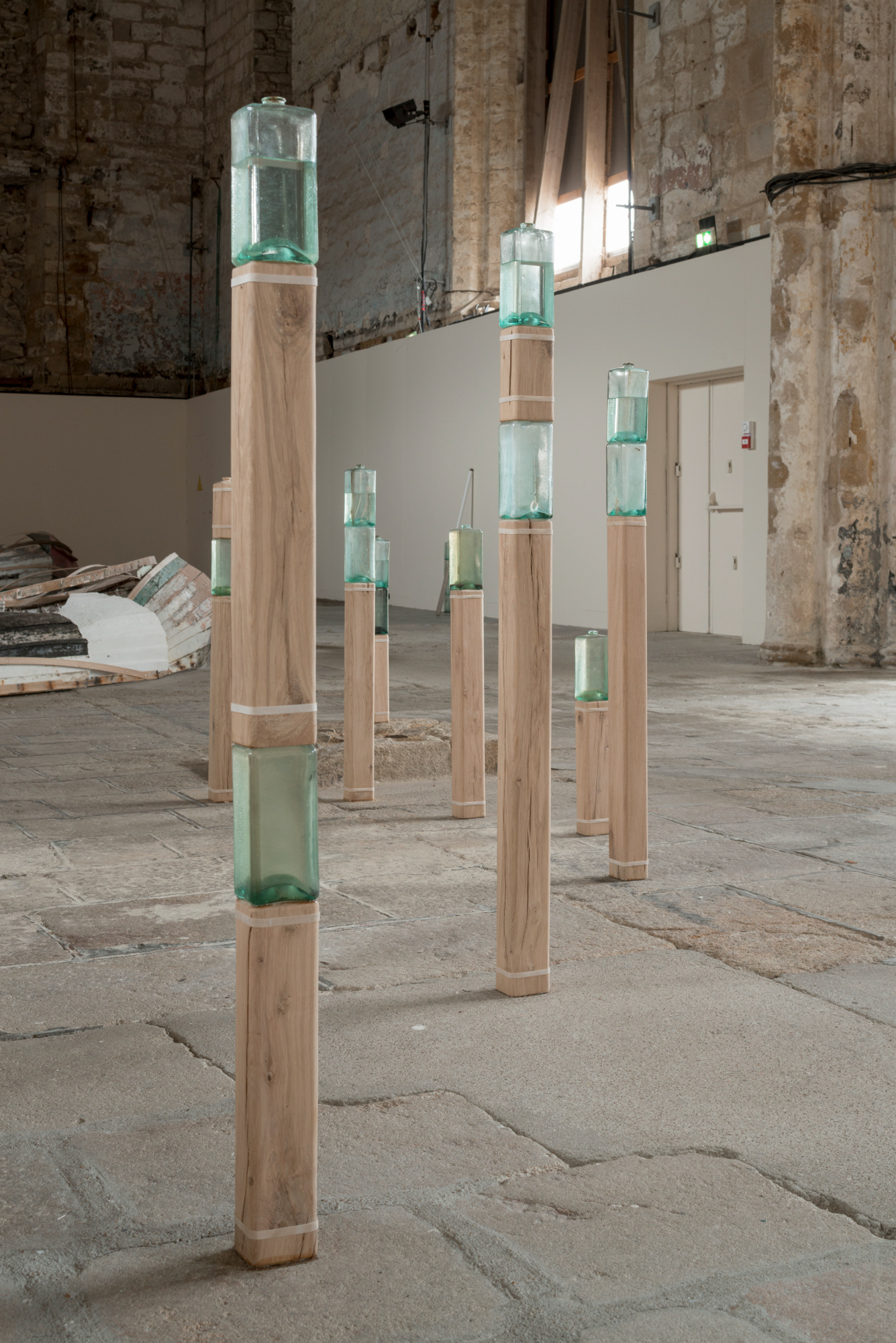
©Maxime Bagni 📷 Arthur Crestani

©Maxime Bagni 📷 Arthur Crestani
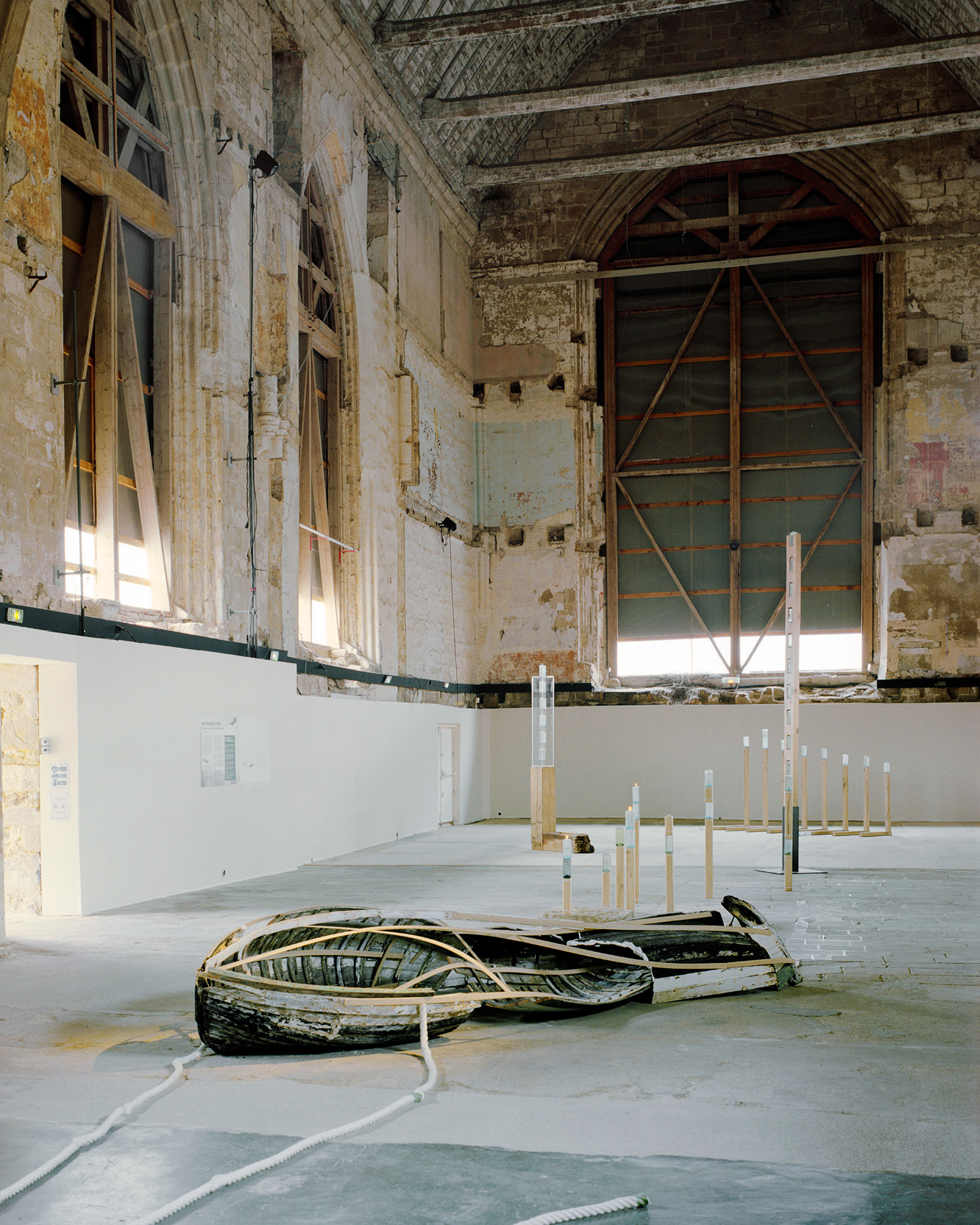
©Maxime Bagni 📷 Arthur Crestani
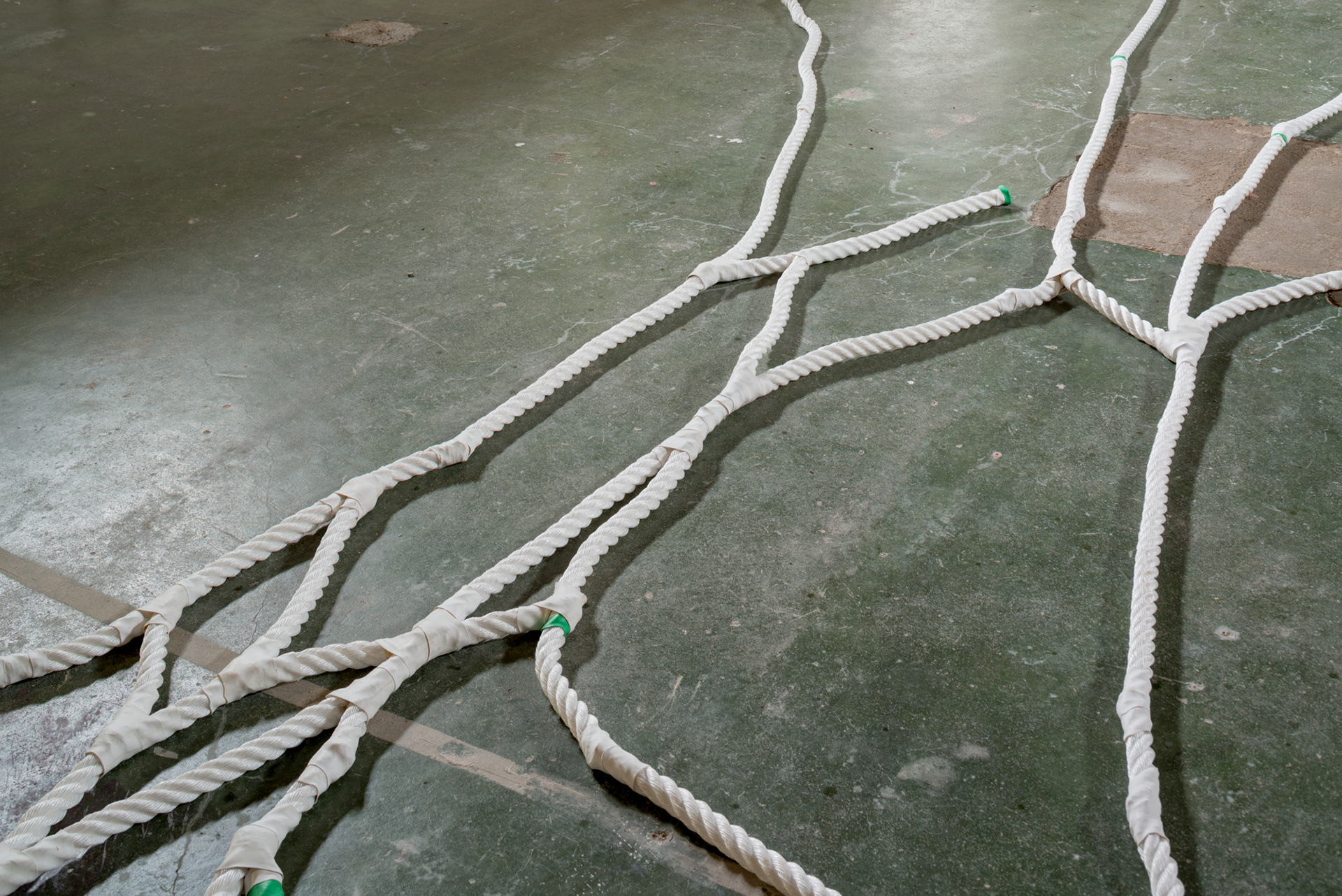
©Maxime Bagni 📷 Arthur Crestani

©Maxime Bagni 📷 Arthur Crestani
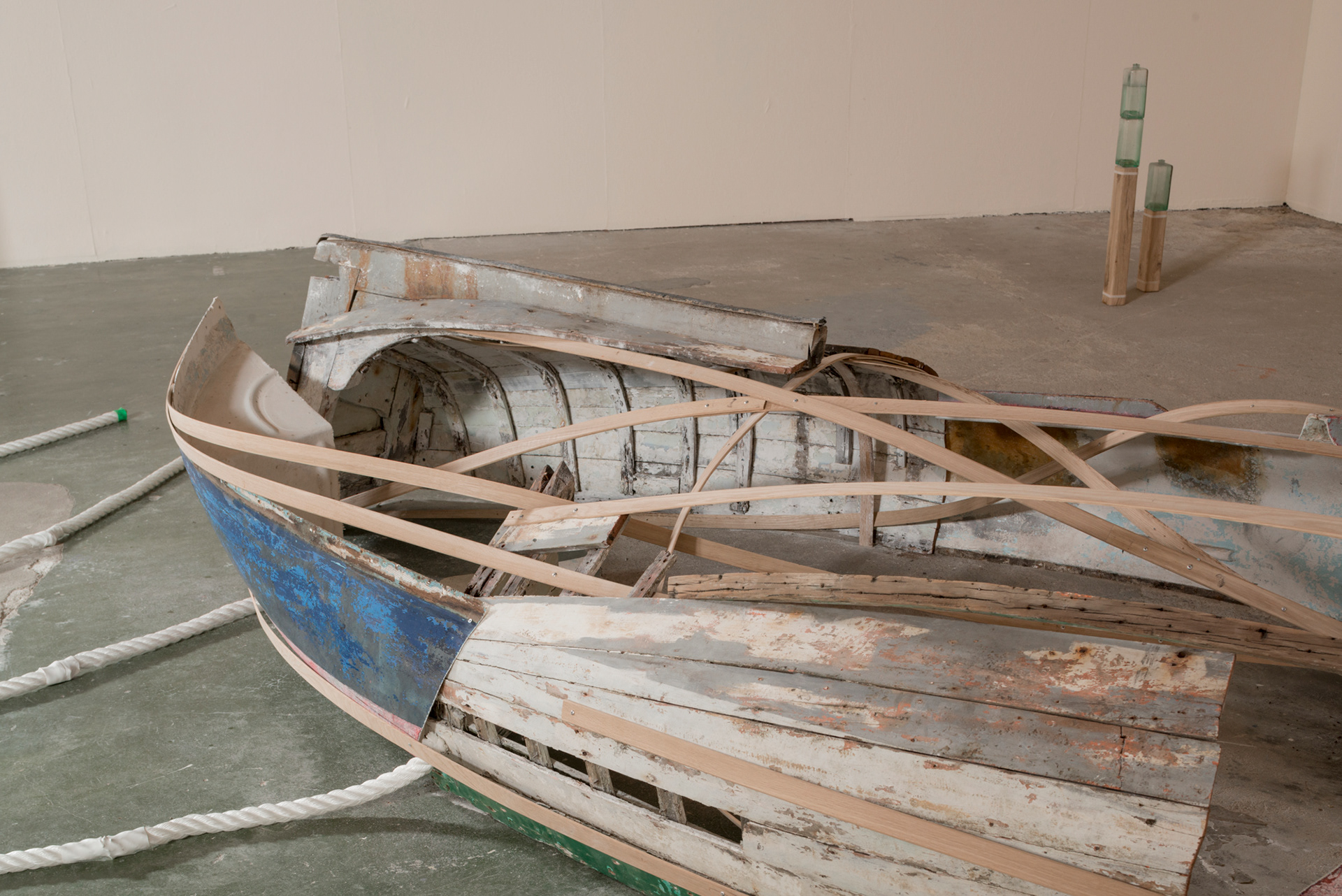
©Maxime Bagni 📷 Arthur Crestani
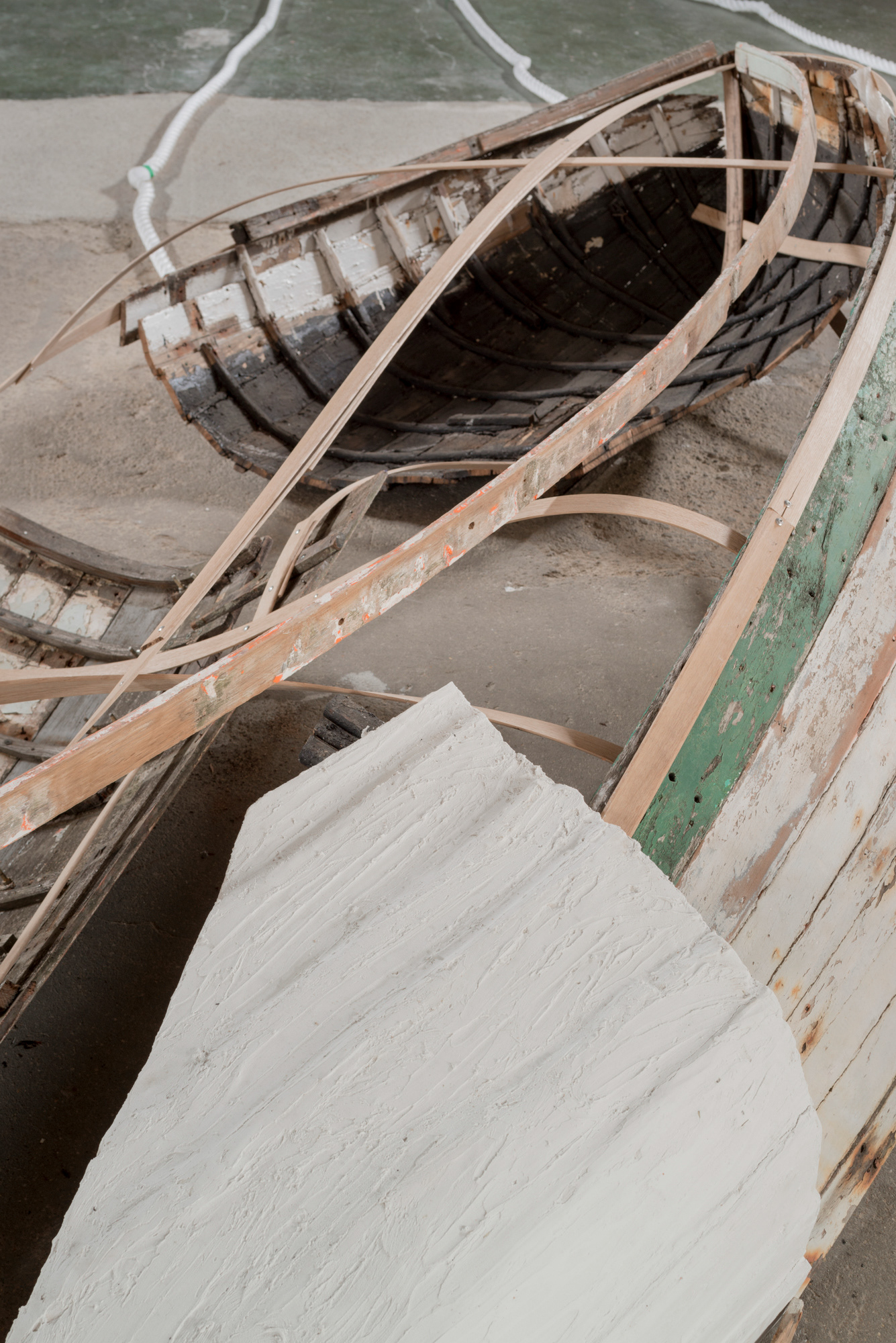
©Maxime Bagni 📷 Arthur Crestani
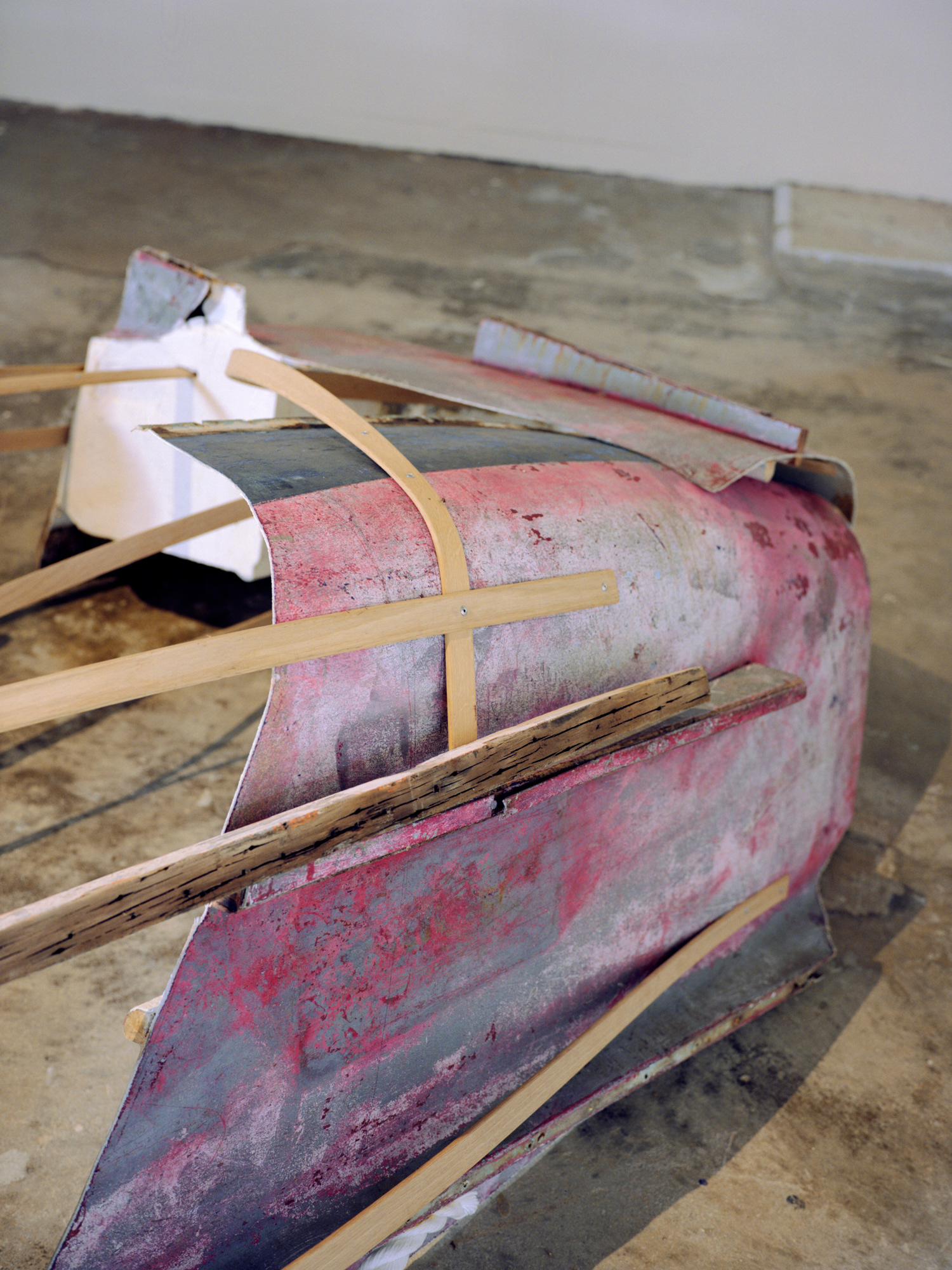
©Maxime Bagni 📷 Arthur Crestani
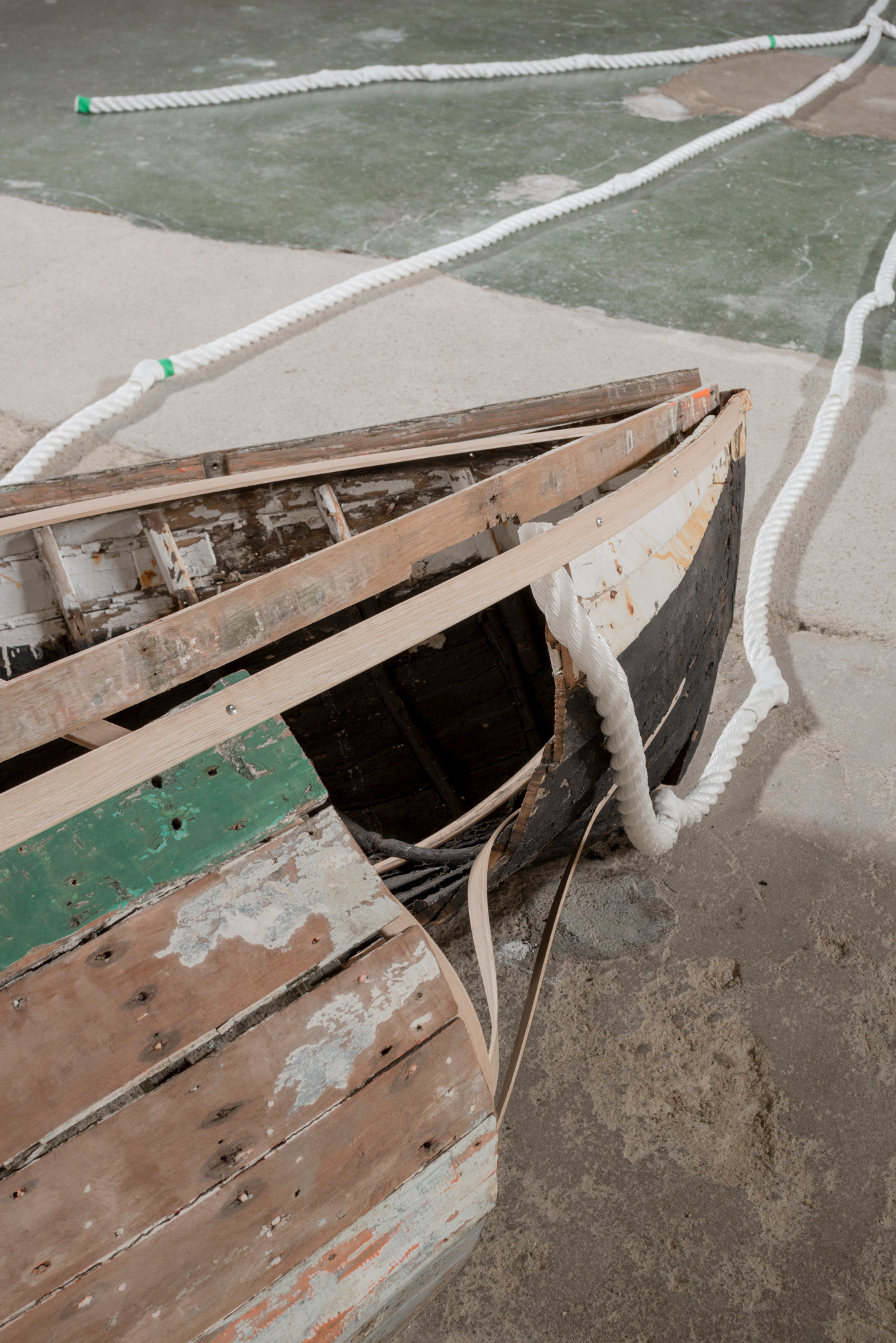
©Maxime Bagni 📷 Arthur Crestani

©Maxime Bagni 📷 Arthur Crestani

©Maxime Bagni 📷 Arthur Crestani
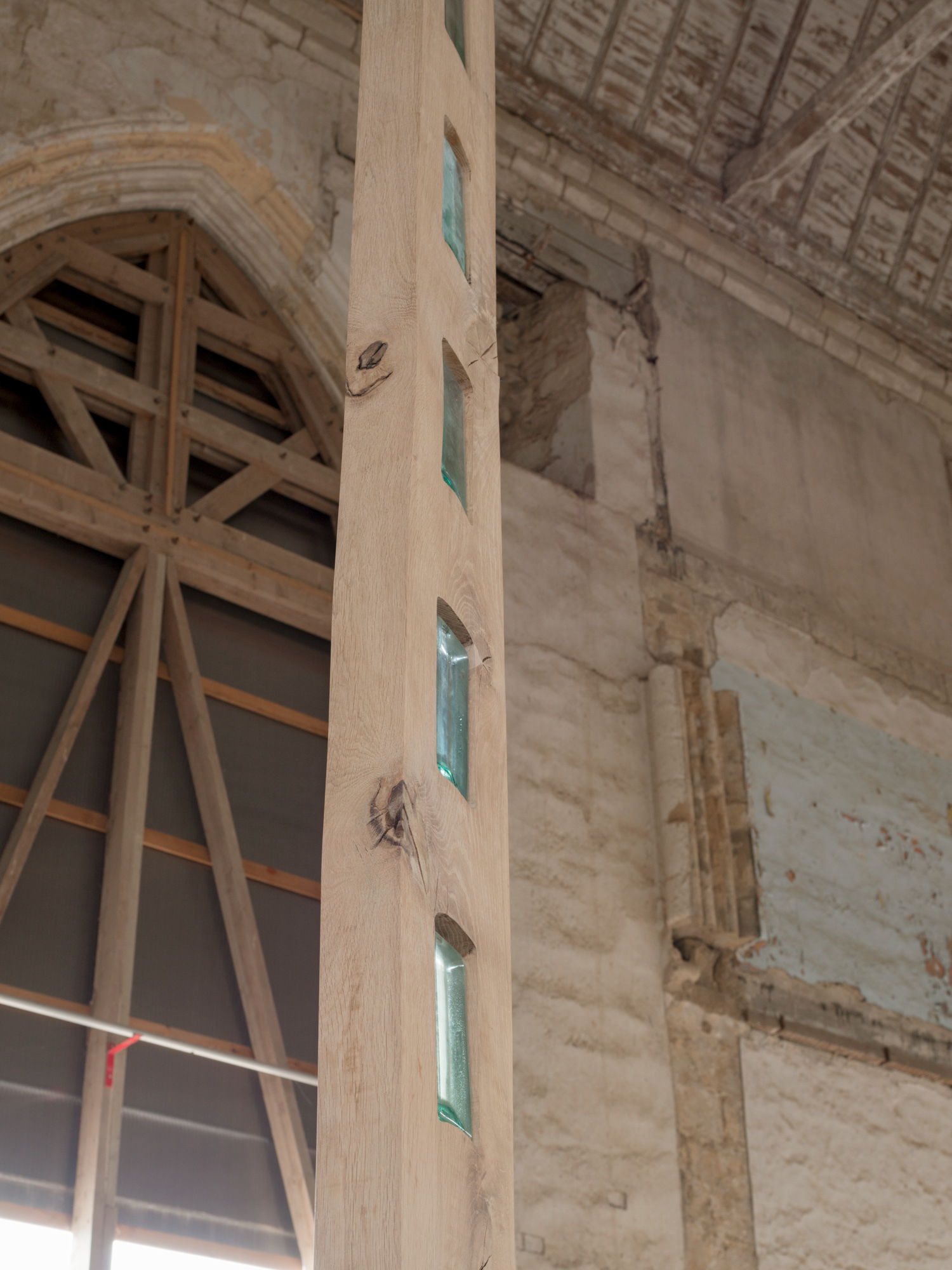
©Maxime Bagni 📷 Arthur Crestani

©Maxime Bagni 📷 Arthur Crestani
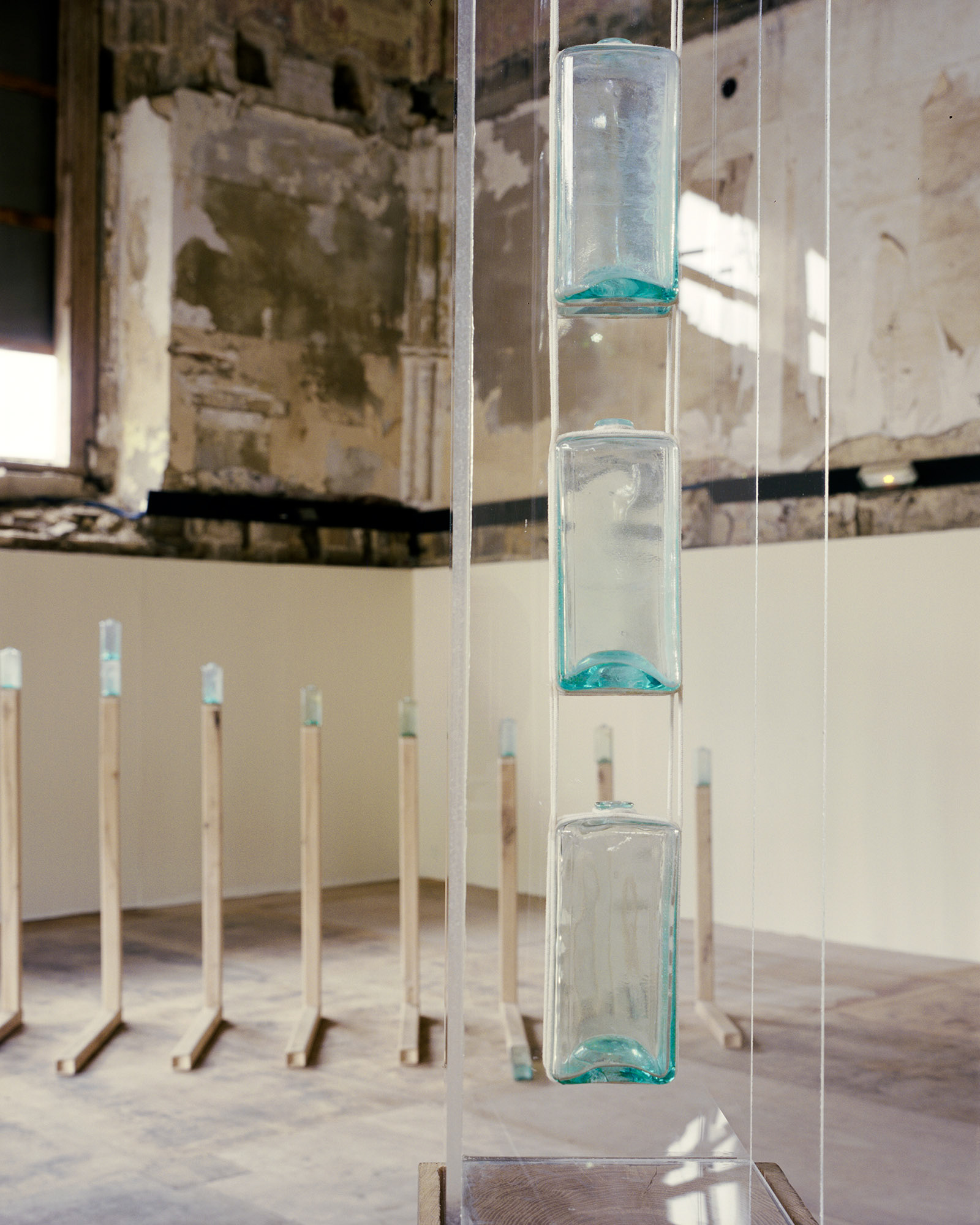
©Maxime Bagni 📷 Arthur Crestani

©Maxime Bagni 📷 Arthur Crestani

©Maxime Bagni 📷 Arthur Crestani

©Maxime Bagni 📷 Arthur Crestani
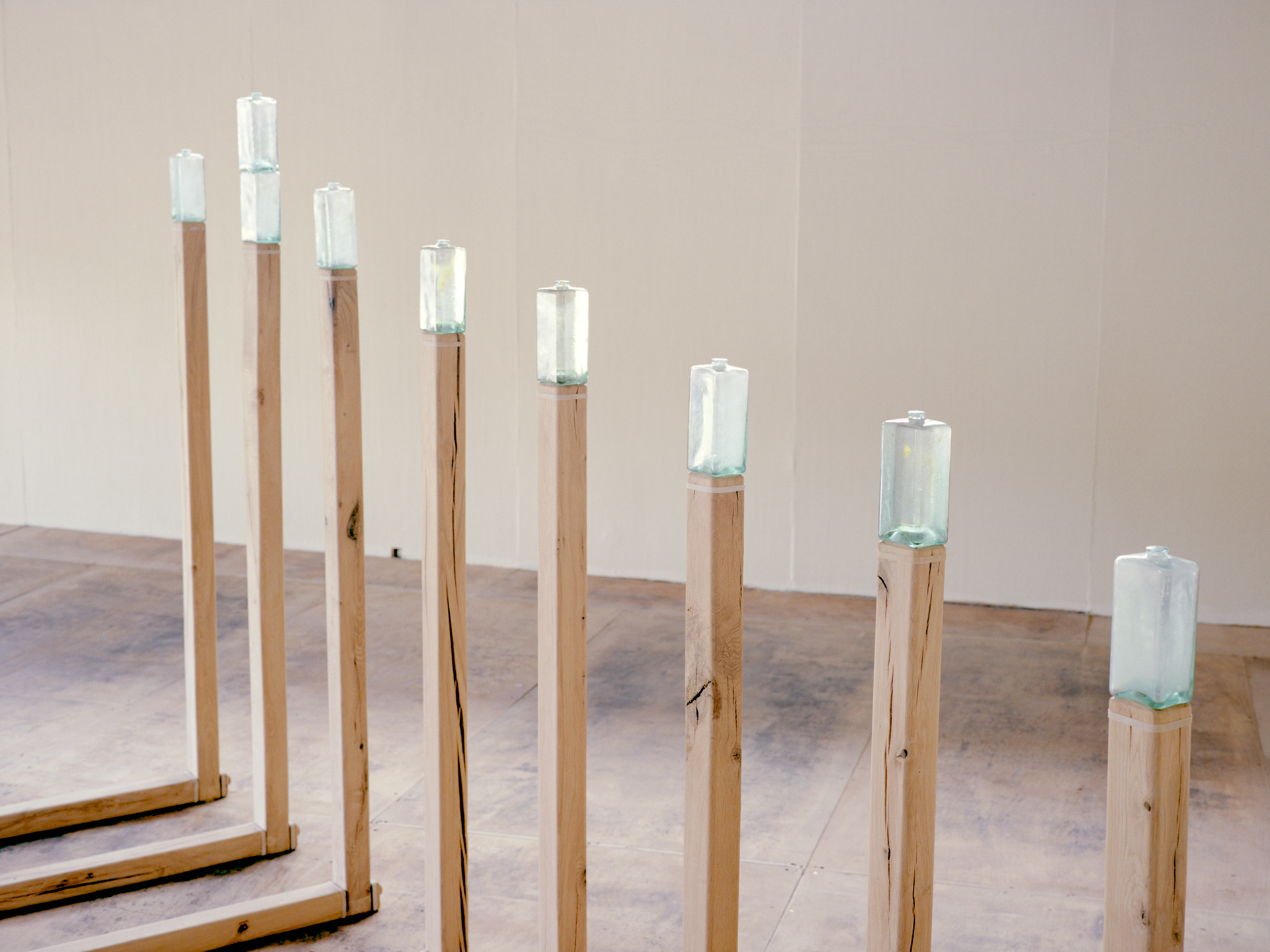
©Maxime Bagni 📷 Arthur Crestani
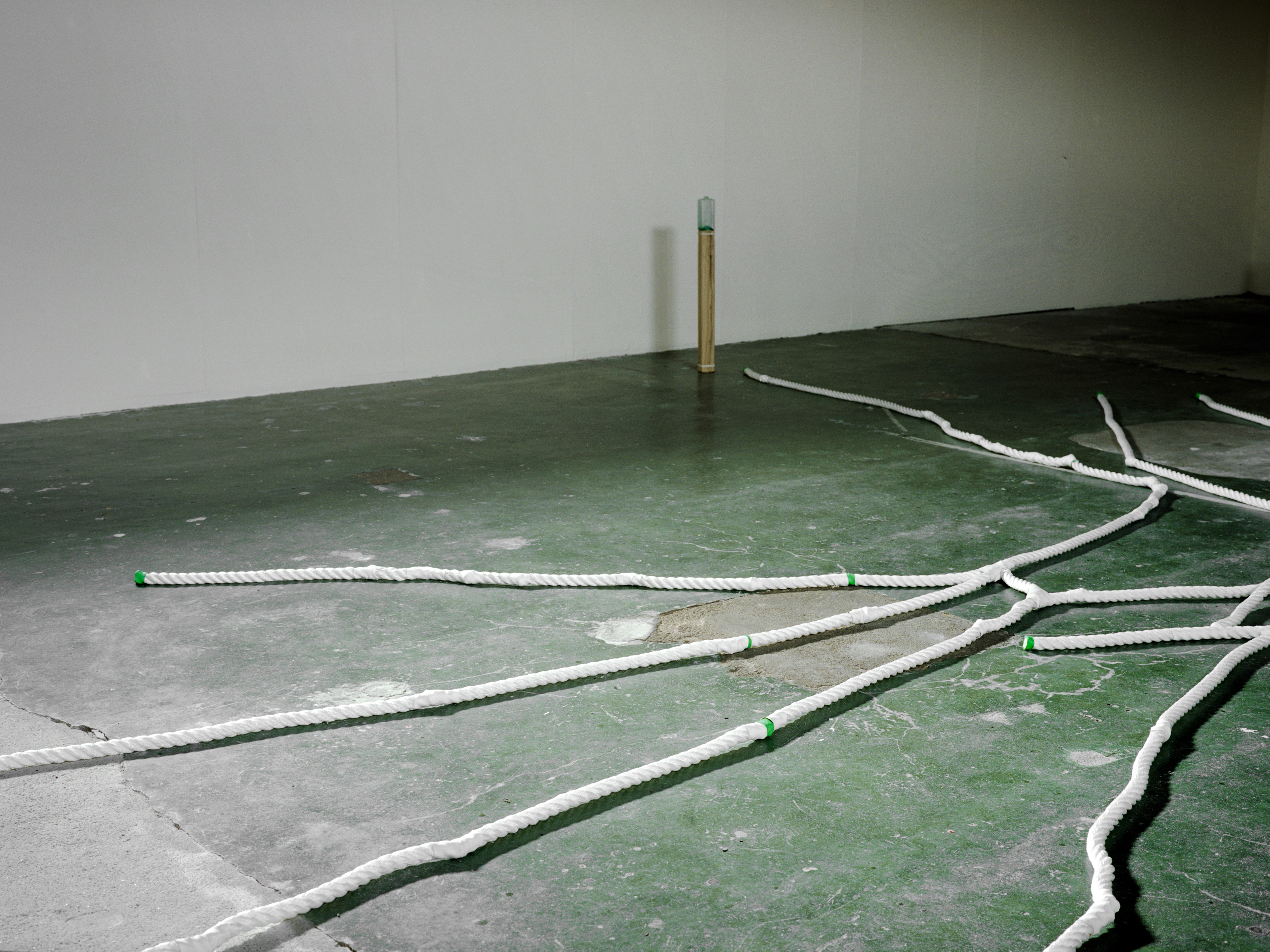
©Maxime Bagni 📷 Arthur Crestani
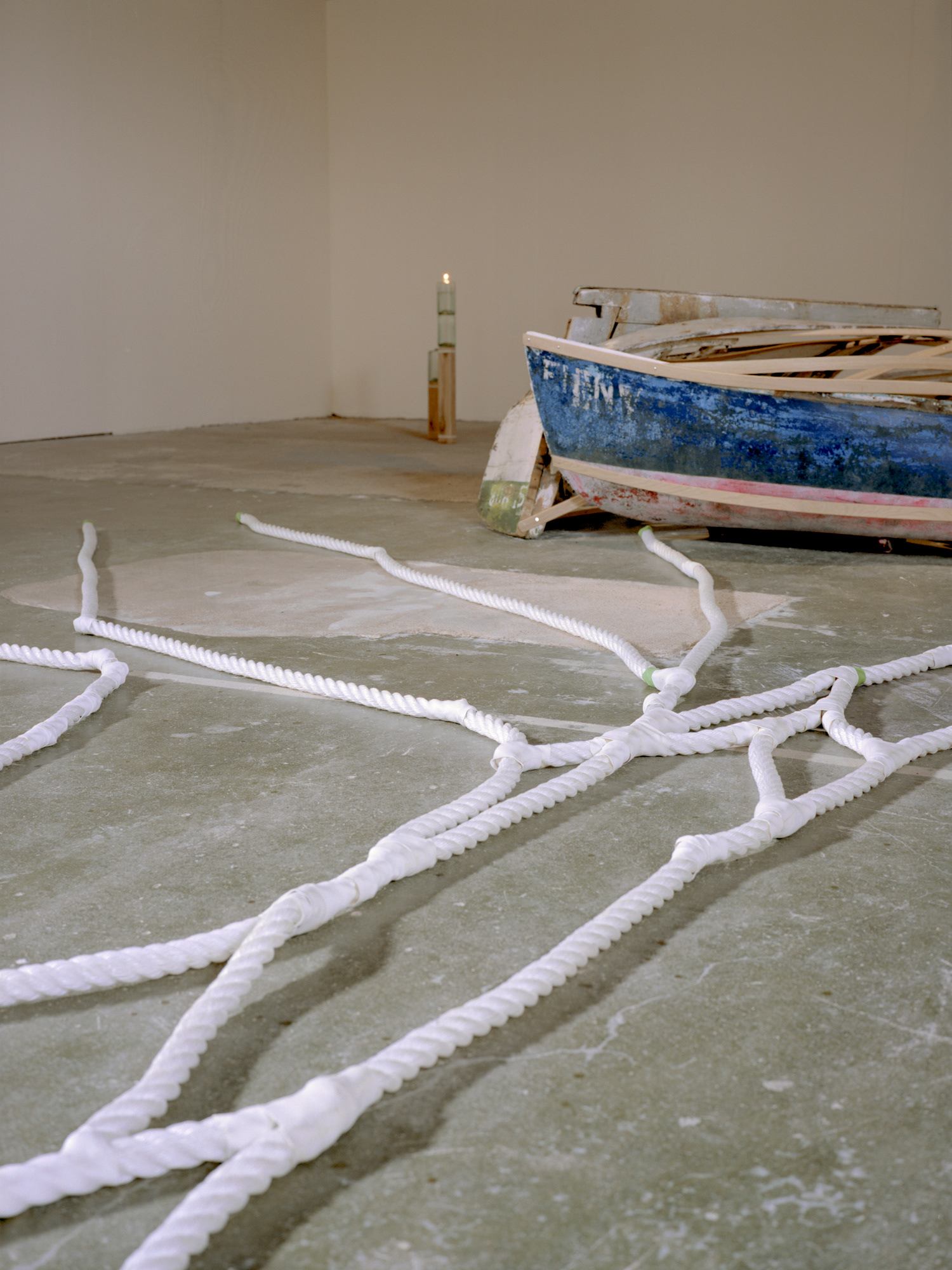
©Maxime Bagni 📷 Arthur Crestani
